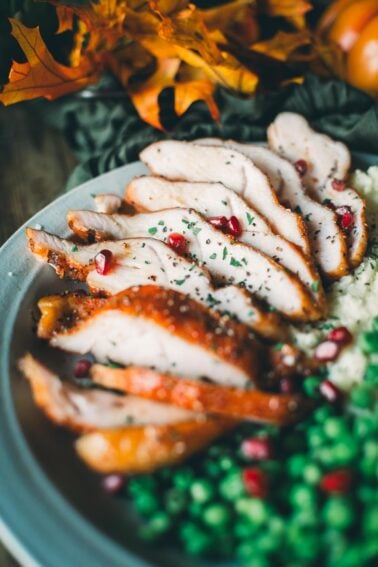As any seasoned chef knows, the key to succulent, flavorful meat isn’t just in the cooking—it’s also in the resting. This often-overlooked step can dramatically enhance your culinary creations, making every bite a delight.
Resting meat after cooking is a simple but powerful technique that can elevate your dishes from good to great. It’s not just about patience—there’s real science behind it. So let’s delve into the importance of resting meat, how it works, and the best ways to do it for maximum flavor and tenderness.
Understanding the Importance of Resting Meat

Resting meat after cooking is a crucial step that shouldn’t be overlooked. This practice allows the juices to redistribute throughout the meat, ensuring a moist and flavorful result.
If you cut into the meat immediately after cooking, the juices will pool out, leaving your meat dry and less flavorful. This process is recognized by professional chefs and discussed in depth on forums like AskCulinary.
The Science Behind Resting Meat: Keeping the Juices Inside

The science behind resting meat is all about temperature and moisture distribution. During cooking, the heat causes the meat’s proteins to tighten, pushing the juices towards the center. By allowing the meat to rest, the proteins relax, and the juices can return to all parts of the meat. Further scientific explanation can be found in this eMagazine.
Step-by-Step Guide to Resting Meat Properly

Resting meat properly involves more than just waiting. First, remove your meat from the heat. Then, loosely tent it with foil to keep it warm without trapping steam. Rest the meat on a cutting board or plate to catch any escaping juices. The general rule of thumb is to rest your meat for at least 5 minutes per inch of thickness, but larger cuts may require more time. More specific instructions can be found on WebstaurantStore’s blog.
Common Mistakes to Avoid When Resting Meat

Mistakes during the resting process can diminish the benefits. Avoid covering the meat too tightly, which can cause it to continue cooking and become overdone. Don’t rest meat in a hot pan, as it can also lead to overcooking. And remember, patience is key—don’t cut into the meat too soon. For a comprehensive list of common mistakes, check out this Cooking StackExchange thread.
How Properly Rested Meat Improves Your Meal’s Flavor and Texture

Properly rested meat is juicier, more flavorful, and easier to chew. The redistributed juices enhance the meat’s flavor, while the relaxed proteins make it more tender. This improved texture and taste can turn a good meal into a great one. For a deeper dive into the benefits of resting meat, consult this comprehensive book.
Hungry for more? Subscribe to our newsletter and become part of the world’s best meat community! From grilling tips to smoky secrets, we send you the best recipes, guides, and expert advice to master every cut.













